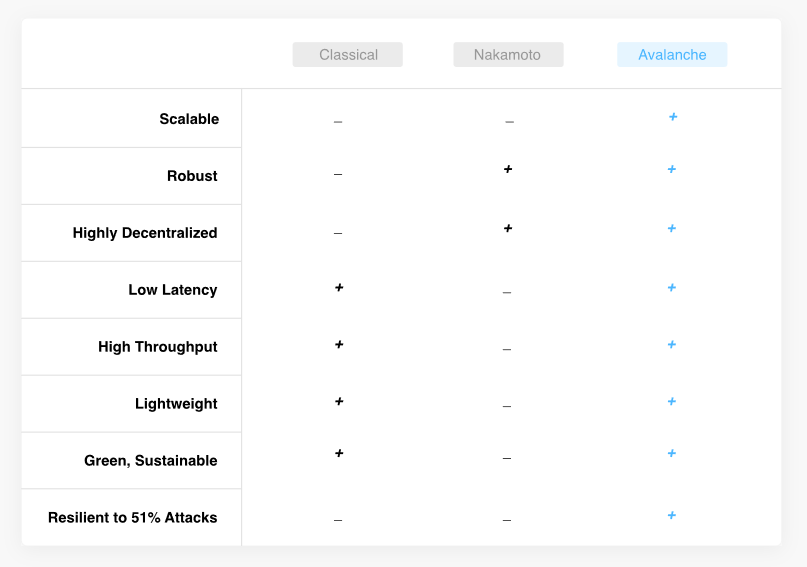
SwaySwap, a blazingly fast dex for the Fuel devnet, is out. A short thread on how Fuel @fuellabs_ eliminates the need for token approvals.
This means fewer transactions to interact with a dapp, and no infinite-approvals i.e. more secure in case of hacks.
This means fewer transactions to interact with a dapp, and no infinite-approvals i.e. more secure in case of hacks.
https://twitter.com/fuellabs_/status/1539987539985055744
While ETH can be *pushed* with contract calls on Ethereum, ERC-20 tokens cannot. `approve` and `transferFrom` must be used (in two separate transactions) to first approve an amount of tokens for a receiving contract to *pull*, then for the receiving contract to actually pull. 

This leads to poor UX and higher cost: 2 txs instead of 1.
To work around this, many apps use infinite approvals, where you approve the contract to use your entire token balance. Problem: if the contract is exploitable, *all* your tokens are gone.
To work around this, many apps use infinite approvals, where you approve the contract to use your entire token balance. Problem: if the contract is exploitable, *all* your tokens are gone.
https://twitter.com/amanusk_/status/1313070958794727430
Fuel supports multiple assets natively, as first-class citizens. That means tokens can be *pushed* with contract calls in a single tx. Better UX, cheaper, and most important: more secure.
This is how Fuel brings a superiors dev and user experience to Ethereum. #BeyondMonolithic
This is how Fuel brings a superiors dev and user experience to Ethereum. #BeyondMonolithic
• • •
Missing some Tweet in this thread? You can try to
force a refresh







